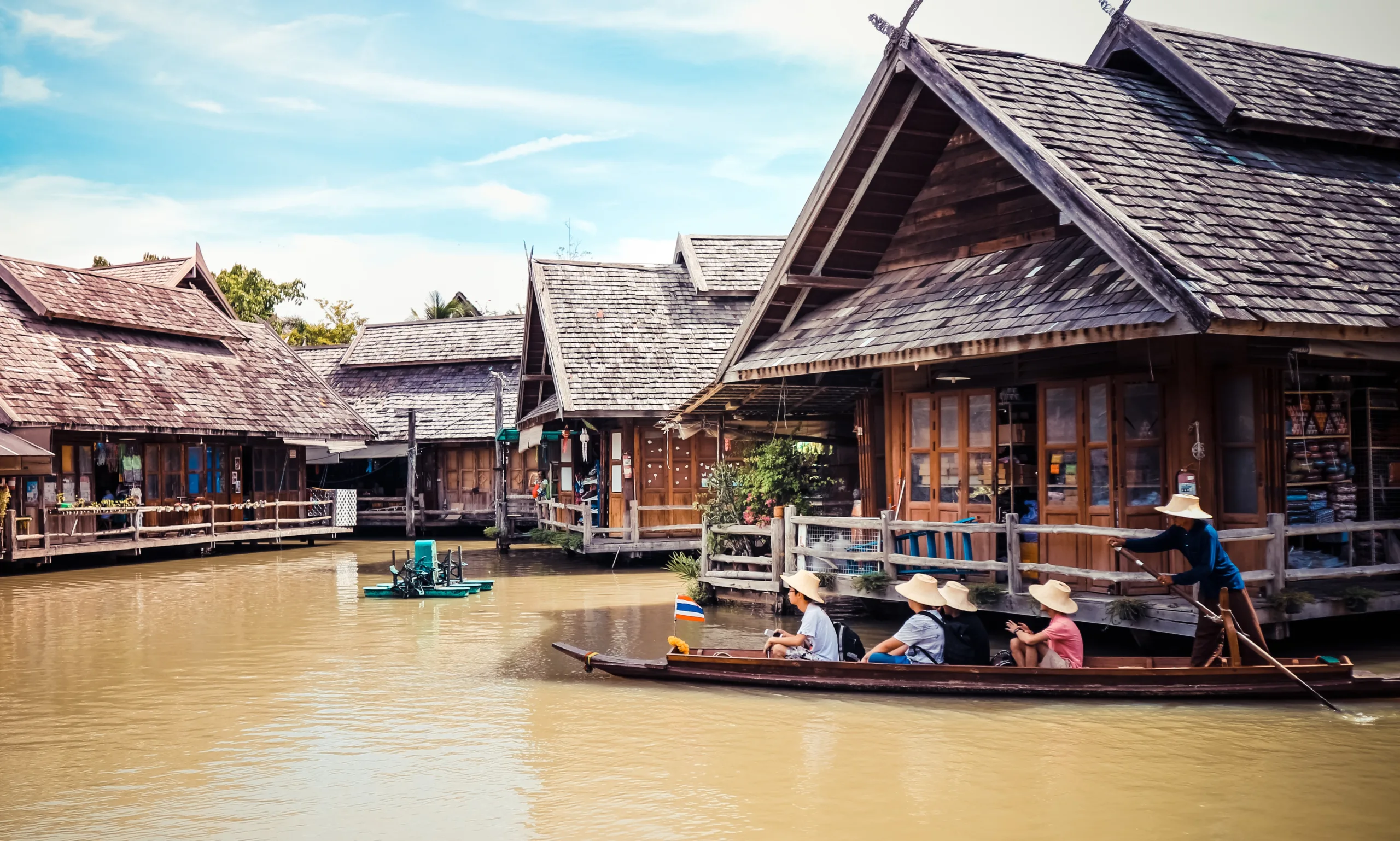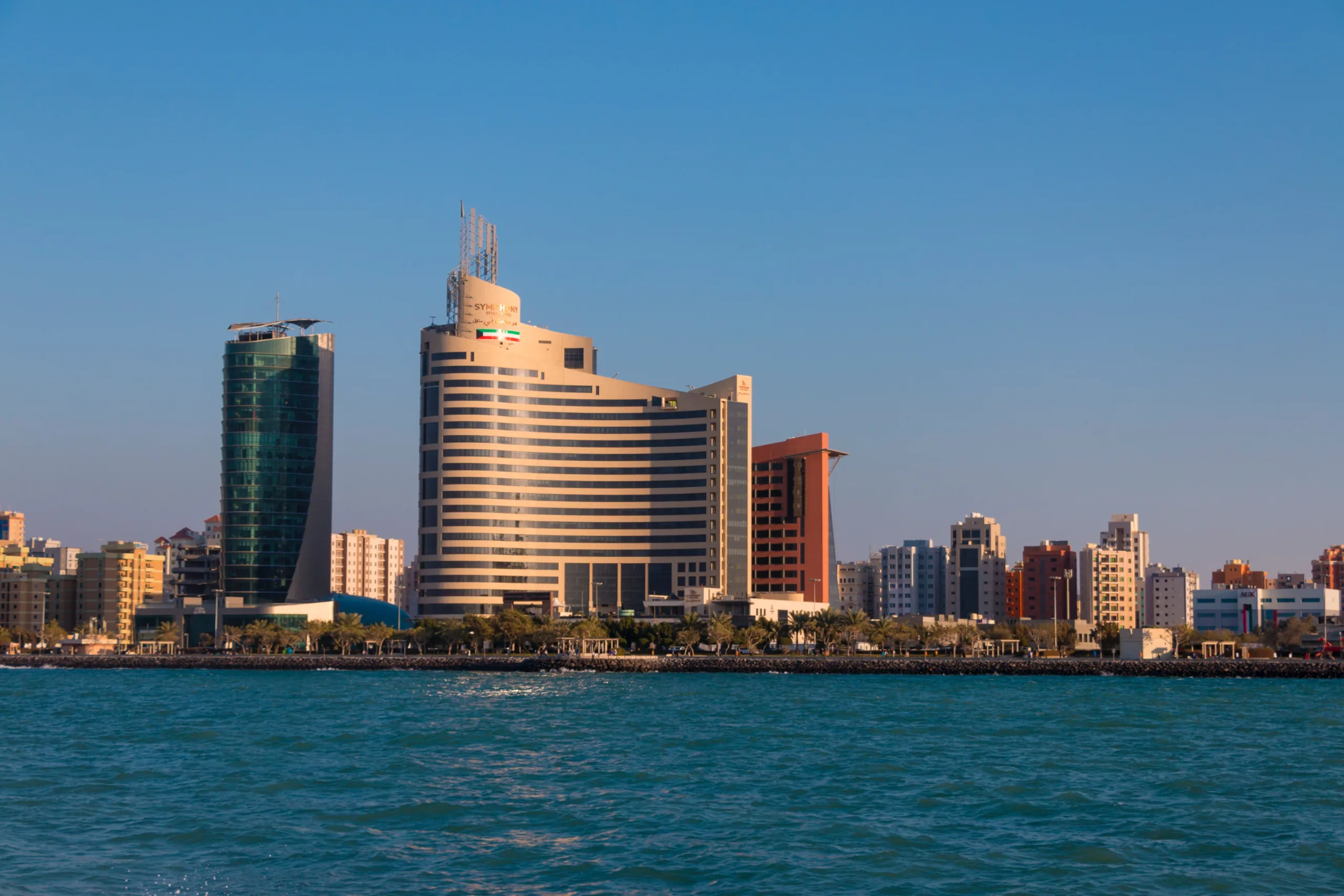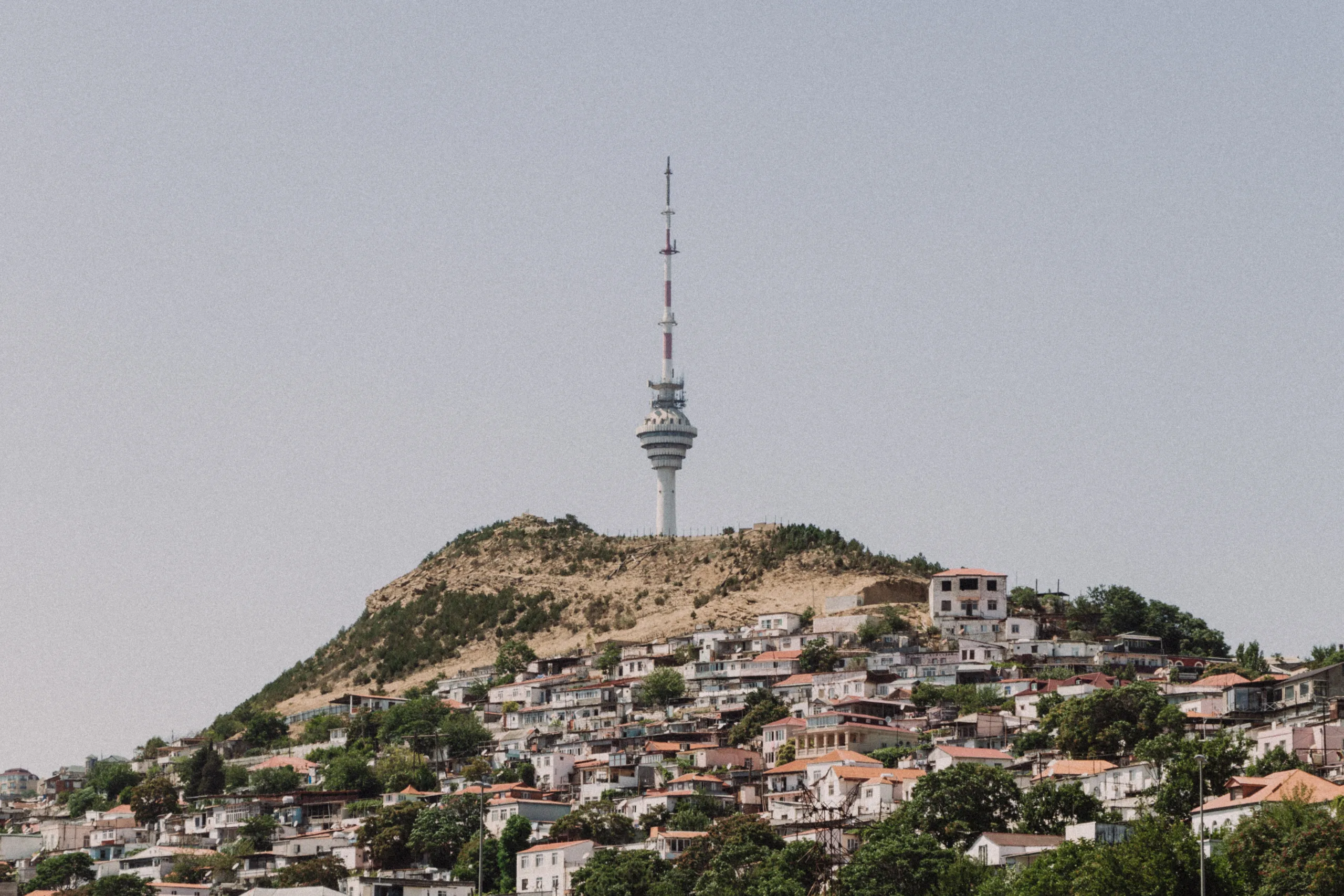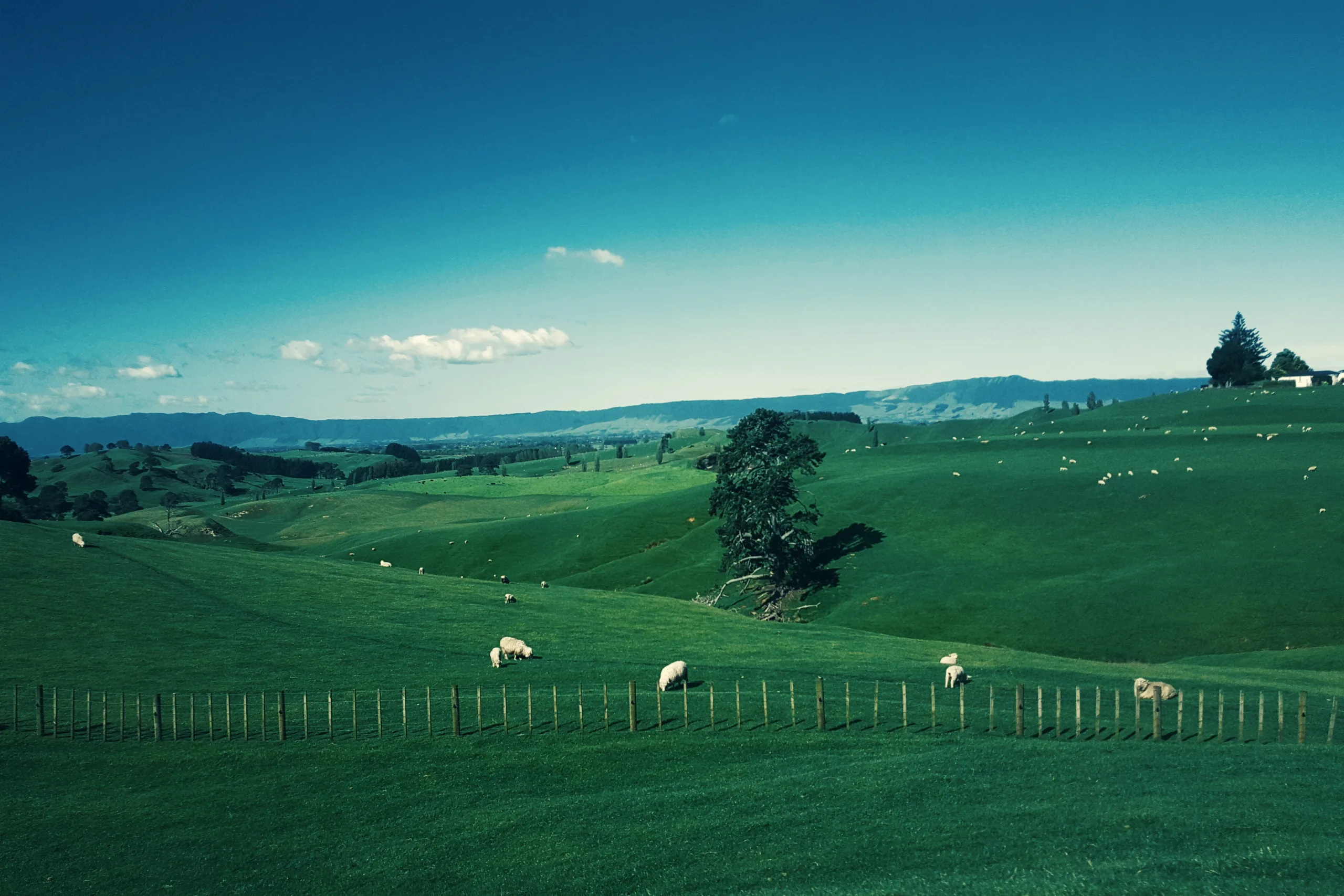Australia Visa Fee Breakdown: If you are planning to visit Australia for tourism, work, study, or any other purpose, understanding the visa fees and cost breakdown is essential. Navigating through the visa application process can be overwhelming, but worry not! In this comprehensive guide, we will break down the Australian visa fees, explain the different types of visas, and provide tips on how to save on costs. So, let’s dive in!
Obtaining an Australian visa is a crucial step before you embark on your journey to this captivating country. Visa fees can vary depending on the type of visa, processing times, and additional services you may require. It is crucial to be well-informed about the costs involved to plan your budget accordingly.
Types of Australian Visas
Australia offers a wide range of visas to cater to different purposes of travel. Here are some of the most common Australian visa types:
1. Tourist Visa (Subclass 600)
The Tourist Visa is suitable for individuals who wish to visit Australia for tourism, visiting family and friends, or attending events and conferences.
2. Student Visa (Subclass 500)
The Student Visa Fee is for international students who want to pursue their studies in Australia. The fees for this visa vary depending on the course duration and level of education.
3. Work Visa (Subclass 482)
The Work Visa, also known as the Temporary Skill Shortage (TSS) Visa, allows skilled workers to work in Australia for an approved employer. The cost of this visa depends on the occupation and the duration of stay.
4. Partner Visa (Subclass 820/801)
The fees for this visa include both the temporary and permanent stages.
5. Skilled Visas (Subclasses 189, 190, 491)
The Skilled Visas are designed for skilled workers who want to live and work in Australia permanently or temporarily. The fees for these visas are based on points assessment and other factors.
6. Business Visa (Subclasses 188, 888)
The Business Visa is for entrepreneurs, investors, and business owners who wish to establish or manage a business in Australia.
7. Working Holiday Visa (Subclass 417)
The Working Holiday Visa allows young people aged 18 to 30 years (or 35 for certain countries) to work and travel in Australia for up to a year.
Australia Visa Fee Breakdown
When applying for an Australian visa, you need to consider the various costs involved. Here is a breakdown of the typical fees:
1. Visa Application Charges
The Visa Application Charge (VAC) is the primary fee you need to pay when submitting your visa application. T
2. Additional Charges
Additional charges may apply for other services such as biometrics collection, health examinations, and character assessments. These costs are in addition to the VAC and vary depending on the visa type and individual circumstances.
3. Health Examination Costs
Depending on your visa subclass and the duration of your stay, you may need to undergo a health examination by a panel physician. The cost of the medical examination is not included in the VAC and must be paid directly to the physician.
4. Biometrics Collection Fees
If biometrics are required for your visa application, you will need to pay a separate fee for this service. Biometrics are usually collected at an Australian Visa Application Center or an overseas embassy.
5. Visa Label Costs
While most Australian visas are now digitally linked to your passport, some applicants may still request a visa label. If you opt for a visa label, an additional fee will apply.
6. Expedited Processing Fees
If you require urgent processing of your visa application, you may have the option to pay an additional fee for expedited processing.
7. Refund Policy
It’s essential to be aware of the visa application refund policy. In some cases, if your visa application is refused or withdrawn, you may be eligible for a partial or full refund of the VAC.
Tips to Save on Australian Visa Fees
Obtaining an Australian visa can be expensive, but there are ways to save on costs and ensure a smooth application process:
Apply Early:
Submit your visa application well in advance to avoid any last-minute rush and additional costs for urgent processing.
Choose the Right Visa:
Select the visa that best matches your purpose of travel to avoid unnecessary expenses.
Be Accurate and Honest:
Provide accurate information and documentation to avoid delays and potential reapplication costs.
Avoid Using Agents Unnecessarily:
If your visa application is straightforward, consider applying on your own to save on agent fees.
Utilize Online Resources:
Use official government websites and resources for visa information to avoid falling for scams or paying for unnecessary services.
Check for Fee Waivers:
Some visa subclasses may offer fee waivers or reduced charges for certain individuals or situations.
Group Applications:
If you are traveling with family or friends, consider applying as a group to save on application fees.
Avoid Changing Visas Frequently:
Changing visas frequently can lead to additional costs and complexities.
Review Validity Period:
Ensure your visa’s validity aligns with your travel plans to avoid the need for visa extensions.
Double-check Your Application:
Review your visa application thoroughly before submission to avoid errors that may lead to additional fees.
Conclusion
Understanding the Australia visa fee breakdown is vital for anyone planning to visit this beautiful country. By being informed about the costs involved and following our money-saving tips, you can make the visa application process smoother and more cost-effective.
Also Read:
 Thailand Visa For Pakistanis
Thailand Visa For Pakistanis  Romania Visa From Pakistan
Romania Visa From Pakistan  Kuwait Visa For Pakistan
Kuwait Visa For Pakistan  UK Charity Visa
UK Charity Visa  Azerbaijan E Visa Fee For Pakistan
Azerbaijan E Visa Fee For Pakistan  New Zealand Recovery Visa
New Zealand Recovery Visa